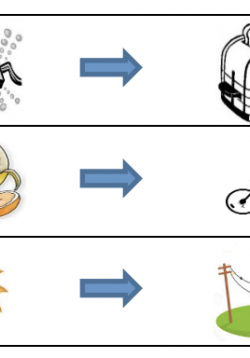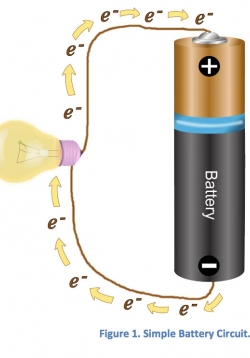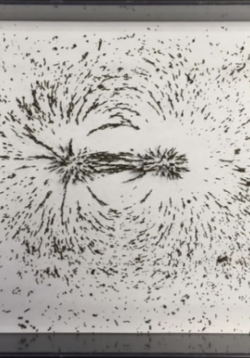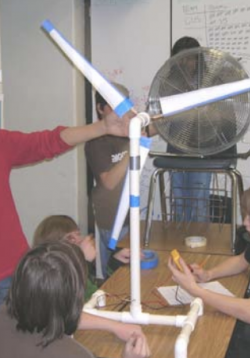Introduction to Energy
This lesson will introduce students to each of the different types of energy using PowerPoint slides, partner activities, and hands-on experiences with different kinds of energy including: batteries (chemical), electrical circuits (electrical), motors (...





